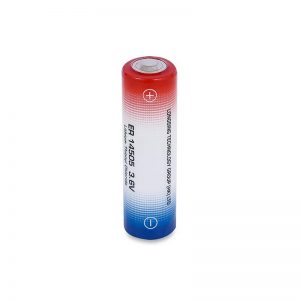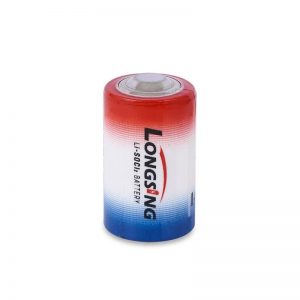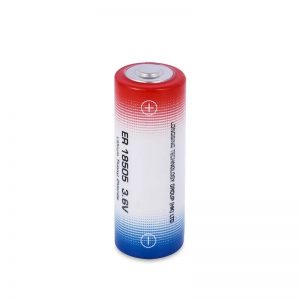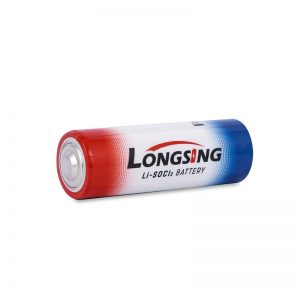Batteries are the lifeblood of our modern world. From powering everyday gadgets to keeping critical medical devices running, the demand for longer-lasting energy sources continues to grow. But with so many different battery types available, a common question arises: Which battery lasts the longest?
In this article, we will explore different battery chemistries, compare their longevity, and highlight why lithium thionyl chloride (LiSOCl2) stands out as one of the best long-life battery technologies available today.
Why Battery Longevity Matters
Battery life isn’t just about convenience; it directly impacts cost, reliability, and safety. Long-lasting batteries are critical in:
- Remote locations – such as oil fields, forest sensors, or offshore equipment, where battery replacement is expensive and difficult.
- Medical equipment – pacemakers, defibrillators, and monitoring systems that demand years of uninterrupted power.
- Utility and smart meters – where batteries may need to run continuously for more than a decade.
- Military and aerospace – applications where durability and reliability under extreme conditions are non-negotiable.
Common Battery Types and Their Lifespan
Here’s how some of the most popular battery types compare in terms of lifespan:
- Alkaline Batteries: Affordable and widely used in flashlights, toys, and remotes. Typical lifespan: a few months to 2 years depending on usage.
- Nickel-Metal Hydride (NiMH): Rechargeable and common in cameras, power tools, and hybrid vehicles. Lifespan: 500–1,000 charge cycles.
- Lithium-Ion (Li-ion): Used in laptops, smartphones, and electric vehicles. Lifespan: about 3–5 years or 300–500 cycles before noticeable capacity loss.
- Silver-Oxide Batteries: Found in watches and medical devices. Lifespan: 3–5 years.
- Lithium Thionyl Chloride (LiSOCl2): A special type of primary (non-rechargeable) lithium battery with extremely long shelf life. Lifespan: up to 10–20 years, sometimes even longer depending on application.
Lithium Thionyl Chloride (LiSOCl2): The Long-Life Champion
Lithium thionyl chloride (LiSOCl2) batteries are often considered the world’s longest-lasting commercial batteries. Here’s why they outperform most others:
- Ultra-low self-discharge – typically less than 1% per year, meaning they can retain most of their charge for more than a decade.
- High energy density – packs more power in a smaller size, making them ideal for compact devices.
- Wide operating temperature range – from -55°C up to +85°C, suitable for extreme climates and industrial use.
- Proven reliability – widely used in military, aerospace, and remote monitoring applications where power failure is not an option.
Real-World Applications of LiSOCl2
LiSOCl2 batteries are not your typical consumer batteries; they are designed for highly demanding applications, such as:
- Smart meters – providing reliable power for over a decade without replacement.
- Medical implants – such as pacemakers and neurostimulators, where consistent power is essential.
- Security and alarm systems – requiring continuous standby operation for years.
- GPS tracking devices – including wildlife trackers and logistics monitoring equipment.
LiSOCl2 Battery
Comparing LiSOCl2 to Rechargeable Batteries
While rechargeable batteries like lithium-ion are excellent for consumer electronics, they degrade over time and require frequent recharging. In contrast, LiSOCl2 is designed for long-term, low-drain applications. Instead of lasting just 2–5 years, a LiSOCl2 cell can provide stable power for 10–20 years without maintenance.
Are There Any Downsides?
Despite their advantages, LiSOCl2 batteries have some limitations:
- They are non-rechargeable, making them unsuitable for high-drain, everyday devices like smartphones or laptops.
- They are more expensive than common batteries, but the cost is justified in long-term, critical applications.



